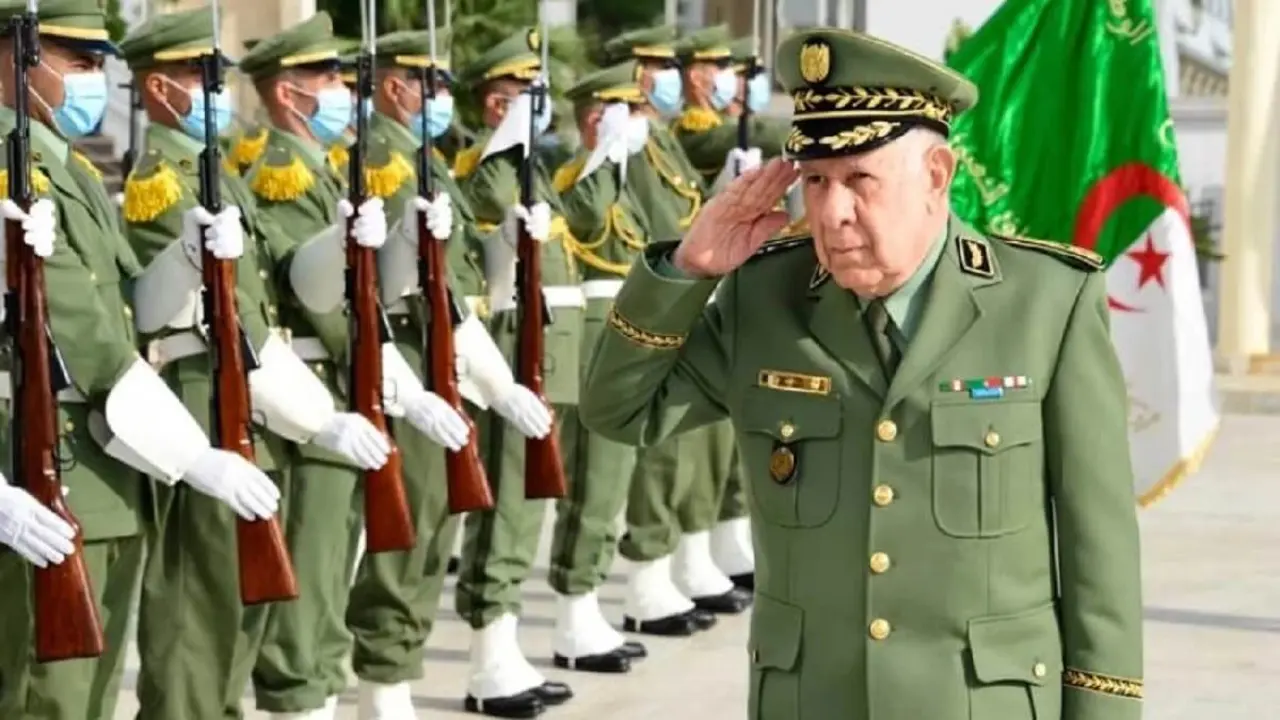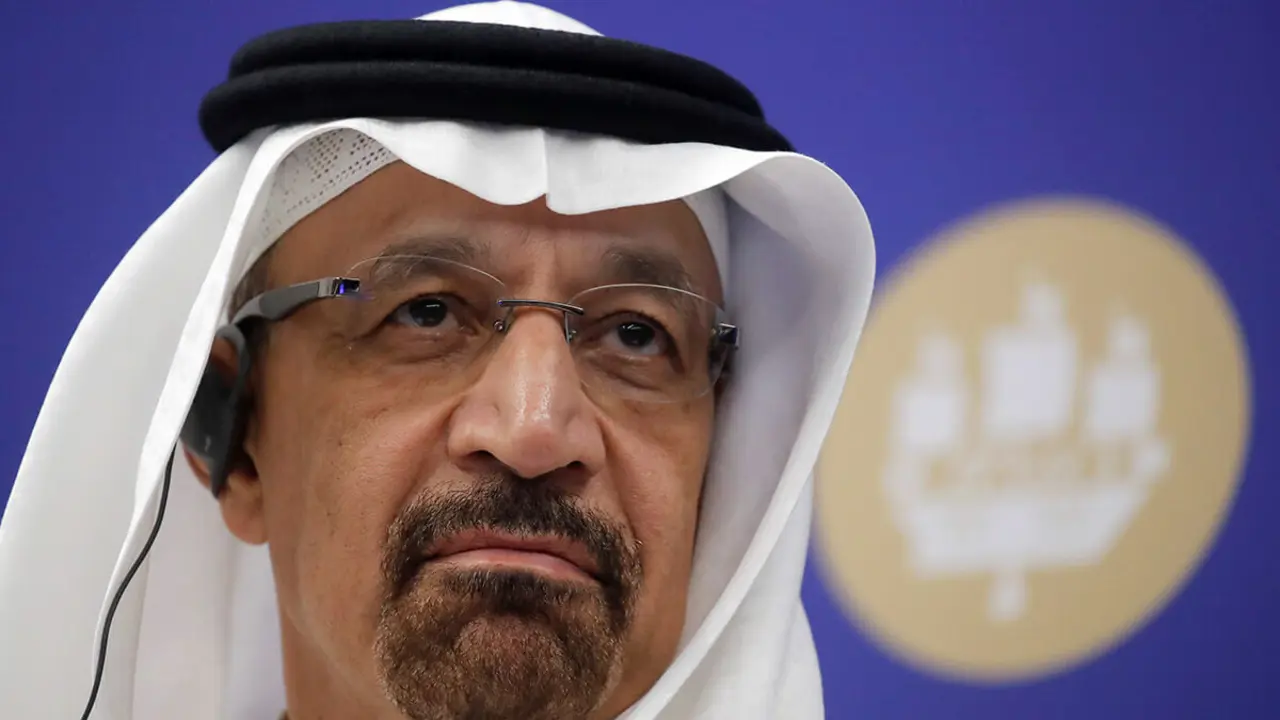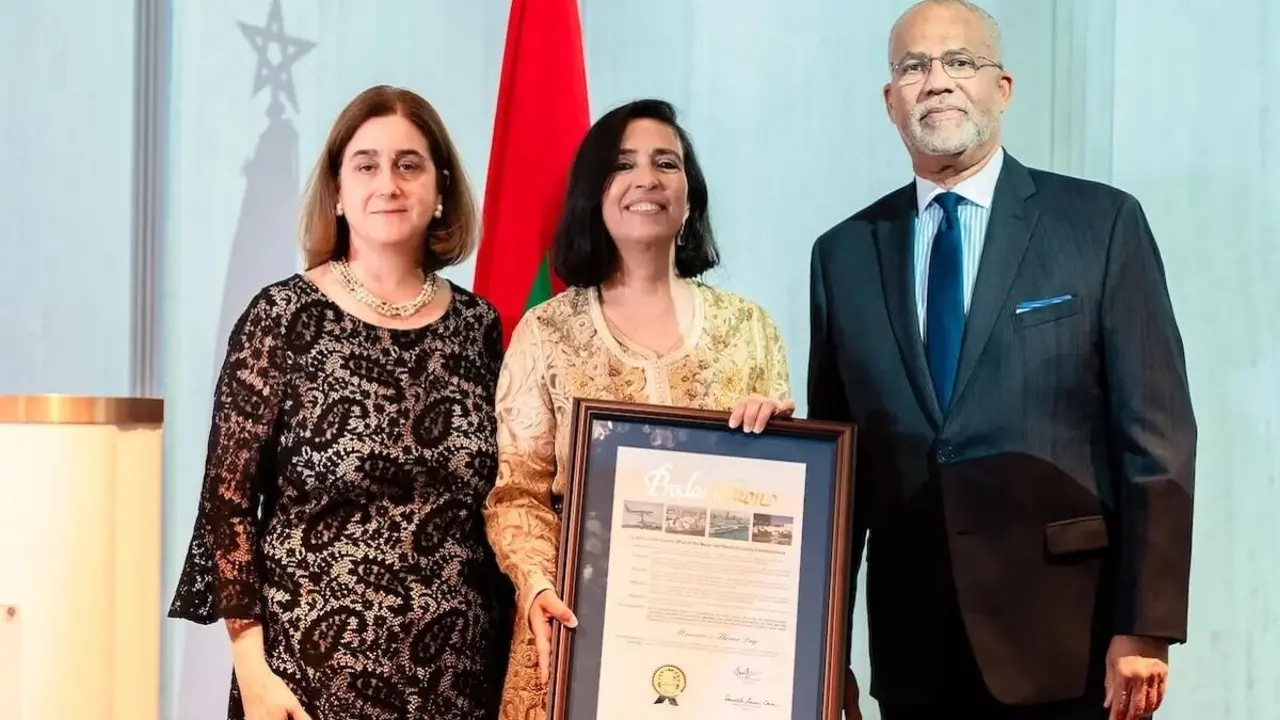The new National Security Strategy: crisis management and inclusion of the autonomous communities

On 28 December 2021, the new National Security Strategy came into force, replacing the 2017 Strategy. With the aim of explaining what this new strategy consists of and what changes it presents with respect to the previous ones, the Institute of International Issues and Foreign Policy (INCIPE) organised an event in which the director of the Department of National Security of the Cabinet of the Presidency of the Government, Miguel Ángel Ballesteros, presented the main keys to this new plan.
Introduced by the Secretary General of INCIPE and the Spanish Ambassador, Manuel Alabart, and moderated by the Director General of INCIPE, Vicente Garrido, Ballesteros presented the new strategy, clarifying the reasons why it was decided to draw up a new strategic plan.
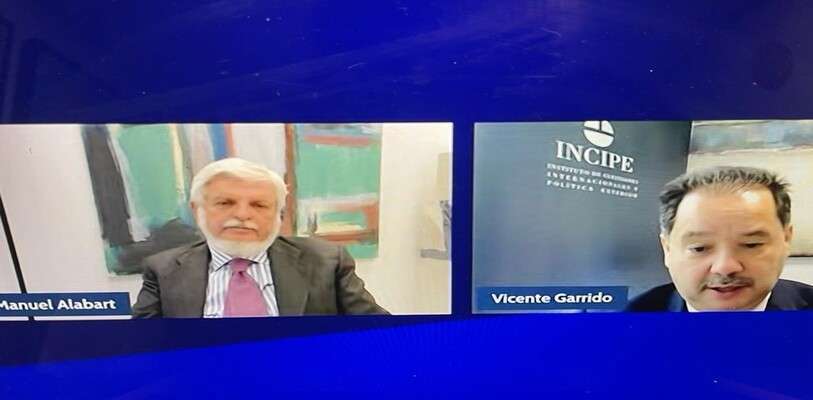
According to General Miguel Ángel Ballesteros, "the national security strategy replaces the 2017 strategy. These strategies are intended to be born with a ten-year horizon, but revisable with five years", although it has already become evident how dependent the plans are on social and political changes.
"In this volatile, uncertain, ambiguous and complex world, it is very difficult for a strategy to be valid for ten years, even the 2017 strategy did not last five years," he said. Among the reasons why it was decided to take the step to carry out a new security strategy, the general highlights first of all "the lessons that were learned from the pandemic, especially in the first waves. Very hard lessons for Spain. With this strategy we are trying to correct the mistakes and shortcomings that were identified".
In this way, he stresses, "one of the most important new features of the new plan is the approval of a comprehensive crisis management model". As he points out, an attempt was made to implement it, but there were insufficient means to do so. In 2020, at the beginning of the pandemic, it was "impossible to address and solve the problems that had to be tackled. During the pandemic, this model was not available because it had not been developed, nor was there a law, and it was from this need that the urgency to design a crisis management system, design it and implement it was born," he says.
Thus, the new strategy has a completely new comprehensive crisis management model. According to Ballesteros, "in 2017 this was its first objective, but he was not capable of carrying it out, nor did he have the economic or human resources. Crisis management is based on information about what is happening in real time. This could not be done during the pandemic because the number of people infected was not known".
The second pillar of the decision was to "try to increase the availability of the capabilities that we have to deal with the crisis, including military capabilities, in this particular case because of the Ukraine-Russia conflict and the consequences that it may bring".
"Another reason for bringing it forward", he stresses, is because of "the new international landscape in which new forms of conflict have developed, such as hybrid warfare, the proliferation of disinformation campaigns, some of them against Spain".

"Today it is more than palpable. Some people confuse fake news with disinformation campaigns. Campaigns that affect national security are those that harm national interests, that's the difference. Another reason has to do with the climate crisis, as there are more frequent meteorological phenomena than before, such as the fires we have seen in Malaga, storms, etc.".
Another reason that has pushed for the approval of an integrated model is "the emergence of disruptive technologies such as the emergence of 5G, which is capable of interfering in the normal life of citizens in any country if you have the technological capabilities, which implies several risks for society".
He also points out another novel aspect of this strategy, which is "the inclusion of the autonomous communities, because although they are part of the national security system, they have never been involved before". Likewise, "consensus has been sought between the Senate and Congress, and a group of experts has been included in its development", which, thanks to their participation, "has also allowed former ministers to be included on the panel".
Finally, he adds, "the structure of the Strategy is the same as that of 2017, but it has lexical changes of great importance. We refer to Spain within this plan with the concepts of security and resilience".
Ballesteros points out that the guiding principles governing the 2021 strategy are "greater anticipation, integration and resilience". The reasons that led to the integration of these concepts respond to the new geopolitical challenges.
Thus, the director of National Security speaks of "greater geopolitical rivalry, with the emergence of China, rivalry with the US, with the consequent deterioration of multilateralism".
In addition, he spoke about a series of vectors of transformation such as geopolitical competition, the fragility of multilateralism, the emergence of hybrid strategies in countries that are not so relevant at the international level, the economic weakening caused first by the pandemic, which translates into an increase in inequality, the fragility of supply chains, digital sovereignty that is in question, and the resulting digital ethics.
With this new Strategy, Ballesteros stresses the objectives of defending "a Spain that protects people's lives, their freedom and their constitutionality, and also defends its strategic interests wherever they may be. In this sense, axis 1, corresponding to deterrence and defence, also includes the fight against terrorism and violent action".
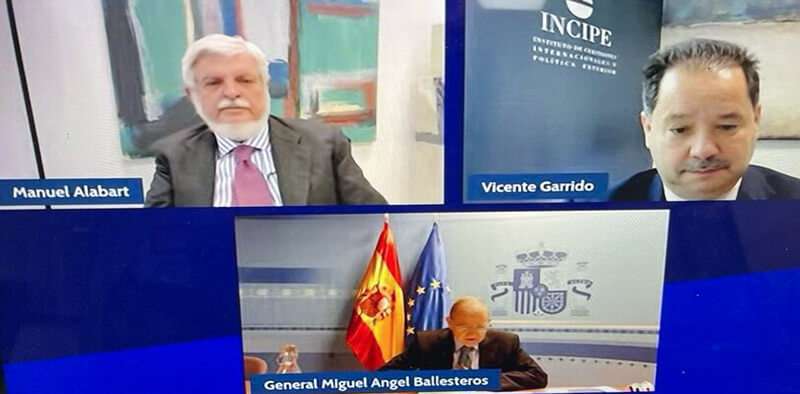
Another relevant aspect that it contemplates is European strategic autonomy. He says that the NATO summit will be held in Madrid on 29 and 30 June, where the new strategic concept is expected to be approved. All this is also taking place at a time when the European Union is about to approve the strategic compass.
"As long as it is not approved, everything can be changed," he says, "but we have taken into account where the two are going in order to make way for the new strategy".
"The reason we didn't wait for a Spanish strategy is because we couldn't wait a whole year, having already identified the needs for change. We have ensured military capabilities, including sustainability in our armed forces".
Thus, Ballesteros stresses that the new challenges facing Spain beyond the security plan are "developing a defence industrial sector, opting for strategic autonomy, strengthening the EU pillar, energetically, technologically, and committing to the fusion of international security information, something that Spain does not have".
Finally, he concludes, the objectives of the National Security System 2021-2023 include "guaranteeing the connectivity of the entire National Security System structure through the Malla B telephone network, guaranteeing the exchange of information and efficient data management during all phases of crisis management, guaranteeing that, in crisis management, both the National Security Council and the Situation Committee have the necessary information for the correct assessment of the situation and of the capabilities available for decision-making".



